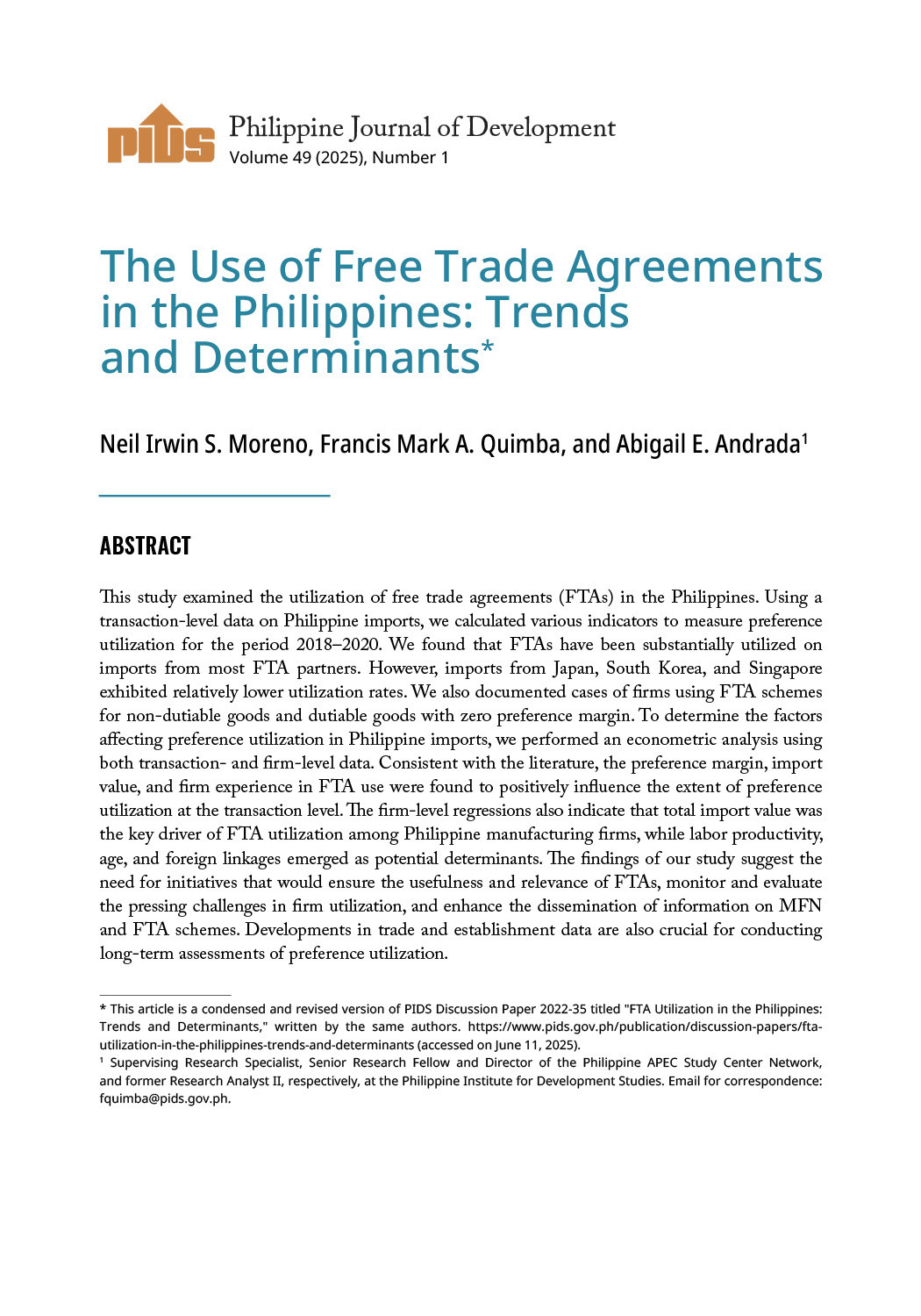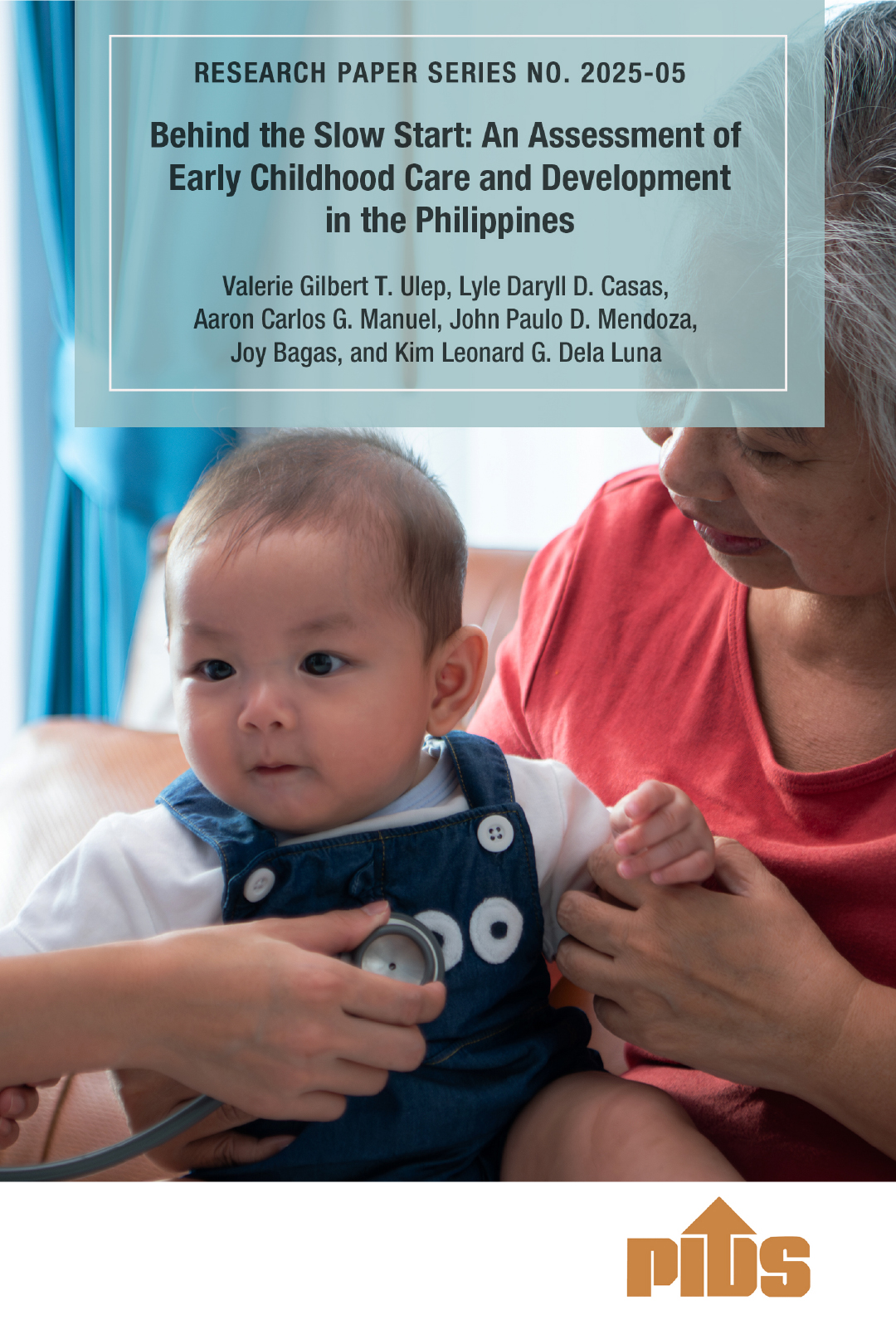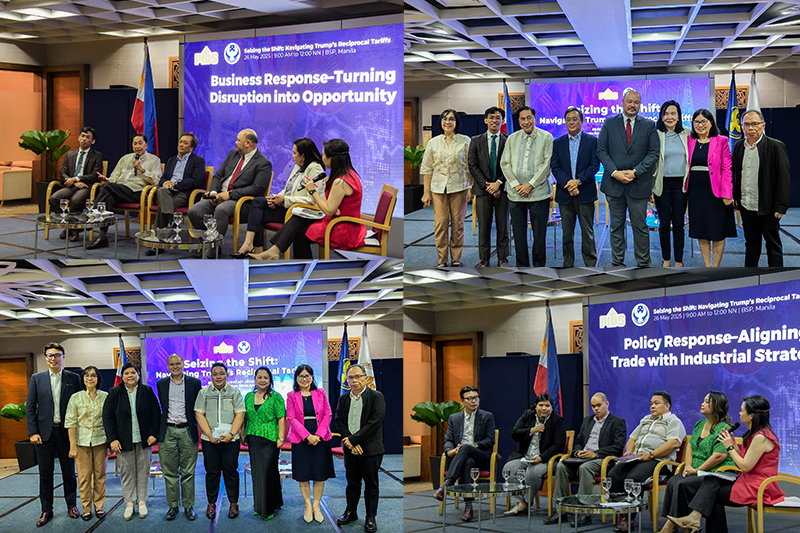One way to reduce medicine costs is to increase competition among manufacturers in the domestic market, said Gilberto Llanto and Ramon Clarete, president and consultant of state think tank Philippine Institute for Development Studies, respectively.
Citing data from IQVIA, a global company that offers information, innovative technology, and contract research services on healthcare, the authors explained that the market shares shifted significantly from originator medicines to generics between 2006 and 2015.
Based on IQVIA statistics, Llanto and Clarete said “the market share of originator medicines had declined from 62.3 percent in 2006 to only 22.7 percent in 2015” compared to generic drugs, “whose respective market shares in 2015 reached 33.4 percent for unbranded and 43.8 percent for branded generics”.
They noted that the increase in local market competition can be attributed to the implementation of Republic Act No. 6675, also known as the Generics Act of 1998, which has increased manufacturers of generic drugs giving innovators tough competition and forcing them to cut down their prices to defend their market share.
“In increasing competition forces, both originator and generic manufacturers will likely lower their own medicine prices to compete with each other and defend their market shares,” the authors elaborated.
But they observed that while medicine prices have gone down, the demand of the public for medicines was still low and did not indicate expanded access.
To resolve this issue, Llanto and Clarete advised government to expand its pooled procurement of medicines to attract more suppliers in the market. Such action, the authors explained, will give the public sector leverage in getting medicine prices further down. “The government can then distribute the medicines it procures to the poorest populations that do not have the purchasing power to acquire medicines even at reduced prices,” they posited.
Other measures that government can consider, according to the authors, is to promote competition and improve access to medicine, such as through explicit allocation for medicines in the case rates of the Philippine Health Insurance Corporation (PhilHealth), extension of PhilHealth coverage to outpatient medicine prescriptions initially in public health facilities and eventually in accredited private sector drug outlets, pooling of financial assistance from state-owned corporations and agencies for catastrophic illnesses, provision of incentives to local government units to invest more in primary healthcare with medicines as integral part of their program, and tiered pricing of medicines.
This press release is based on the PIDS policy note titled “Access to medicines in the Philippines: Overcoming the barriers”.












